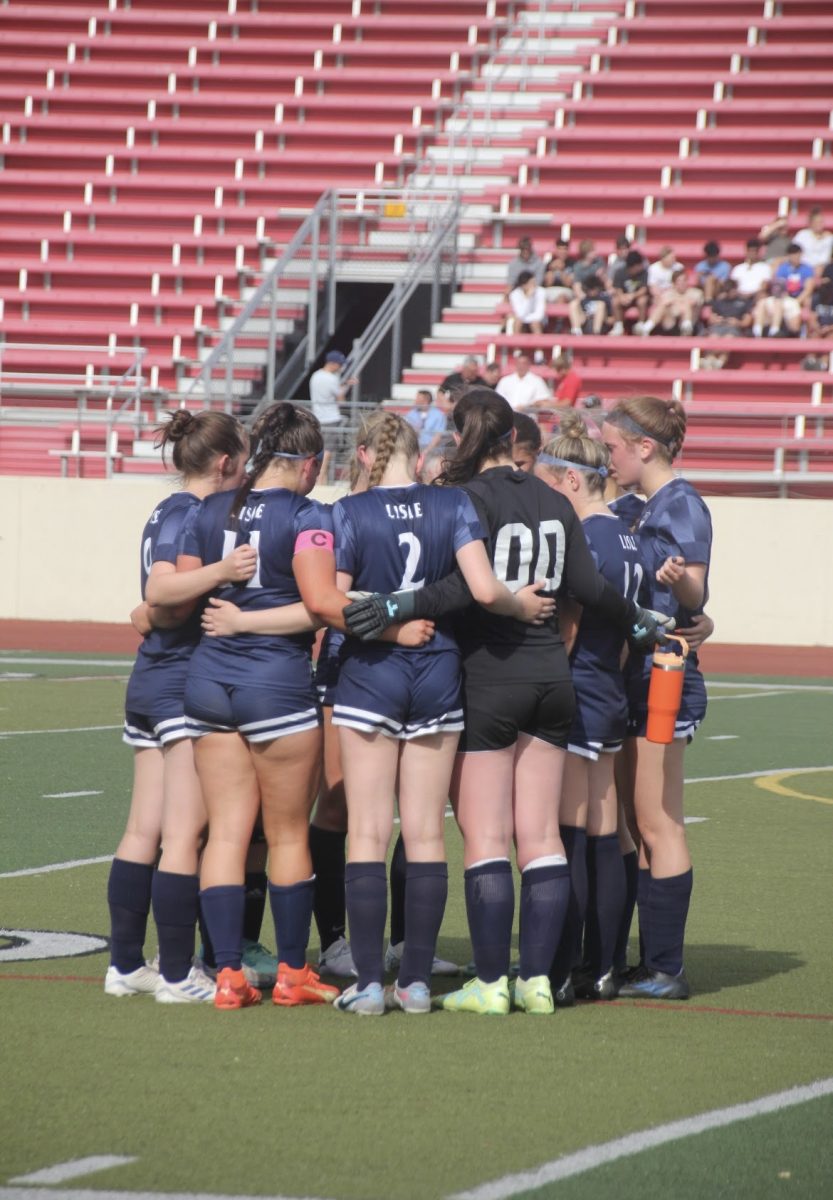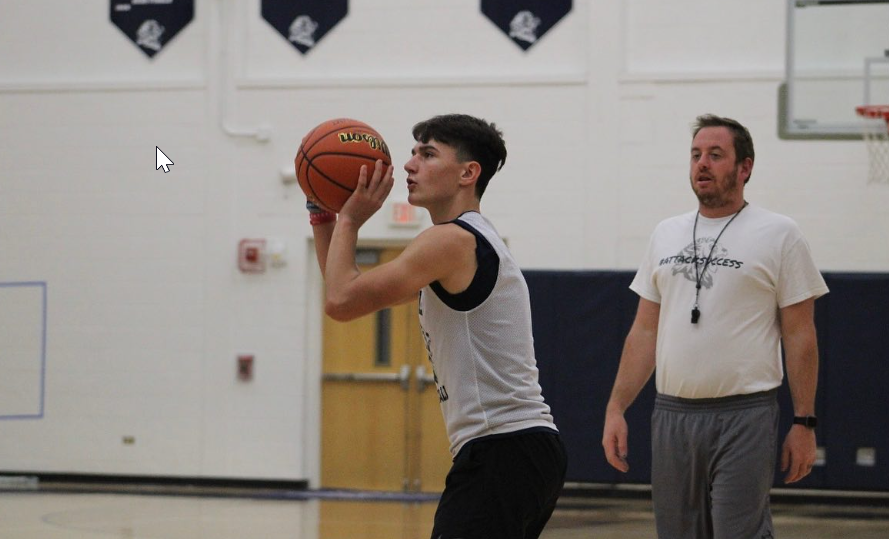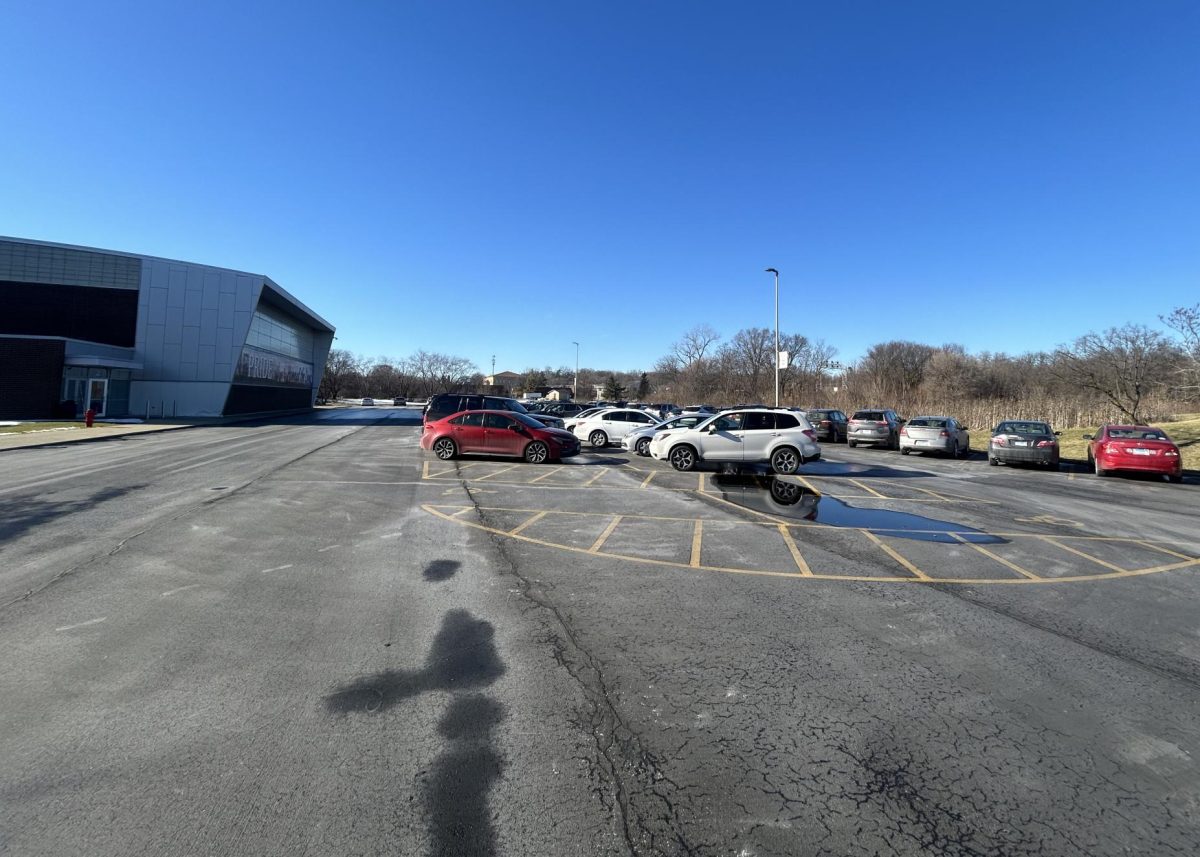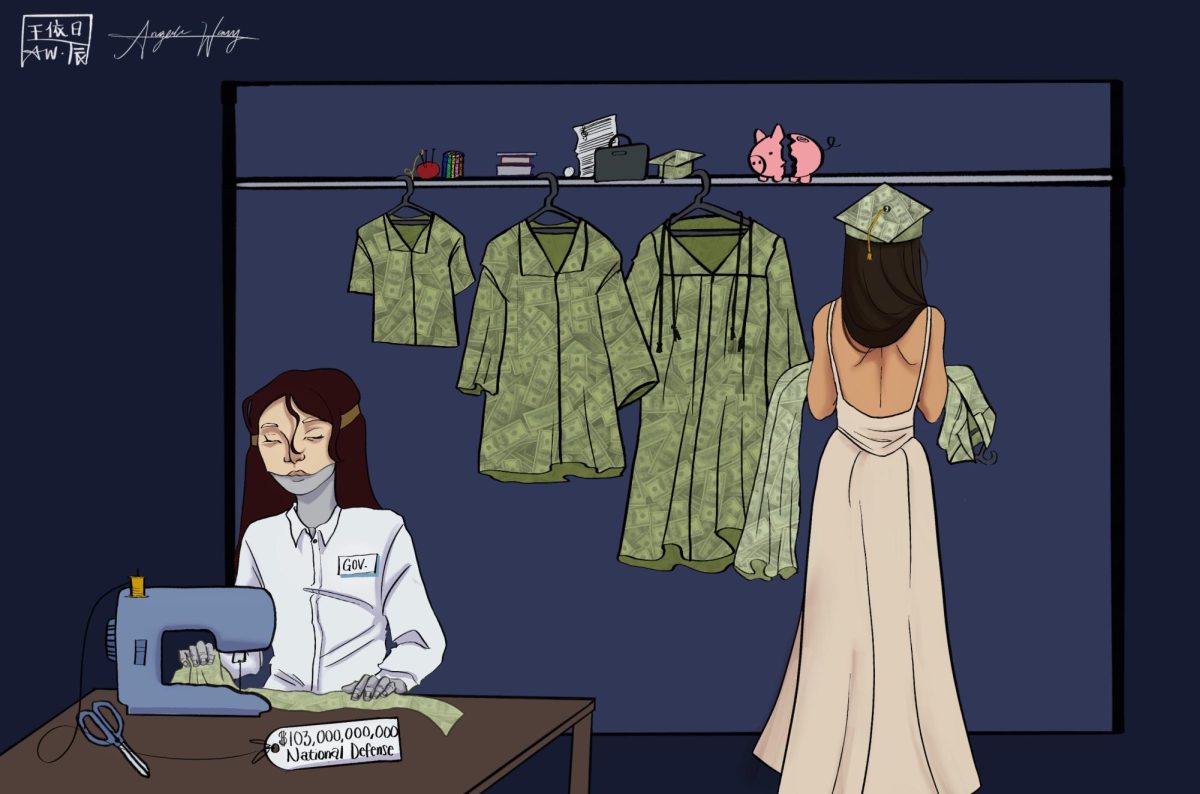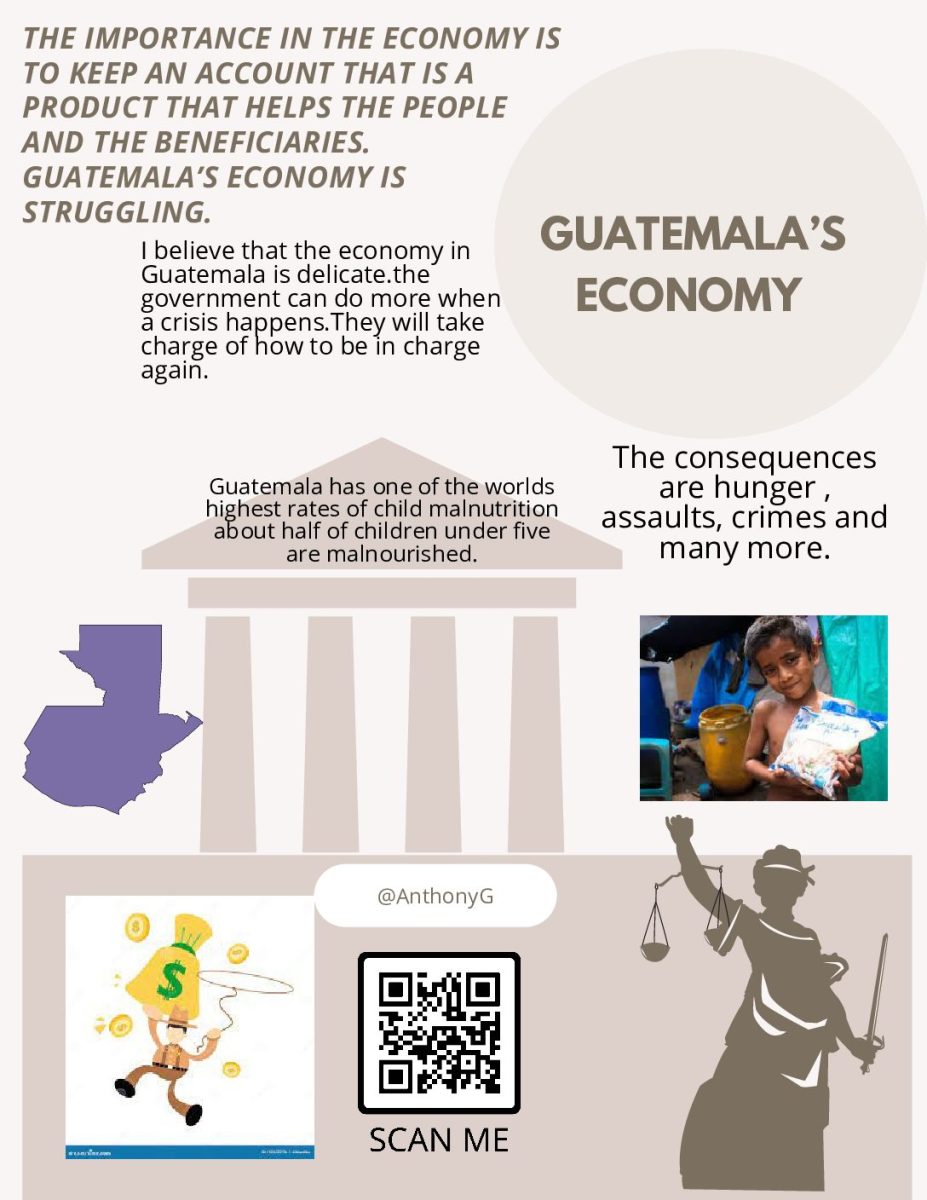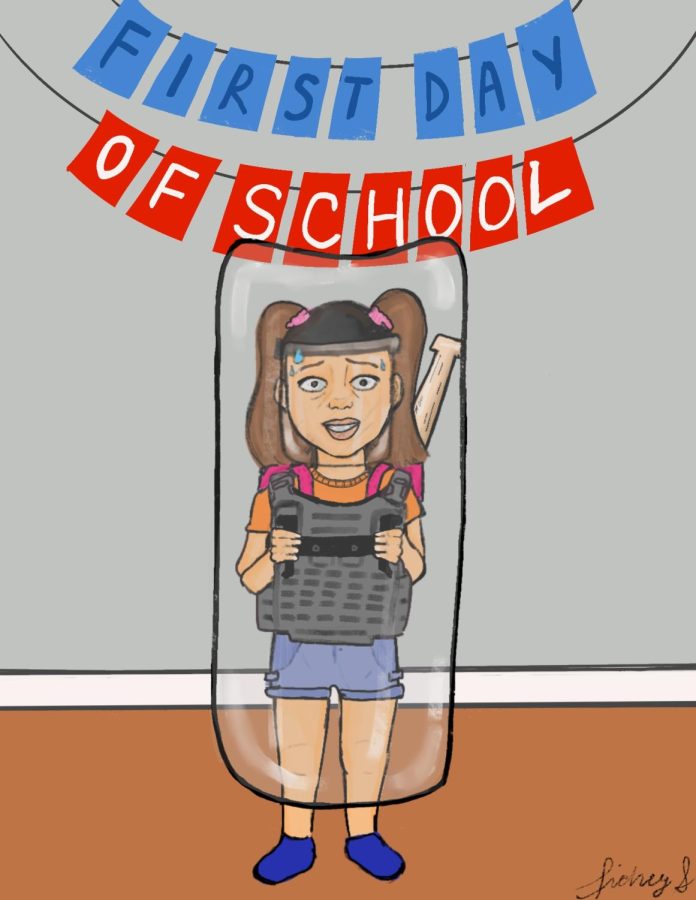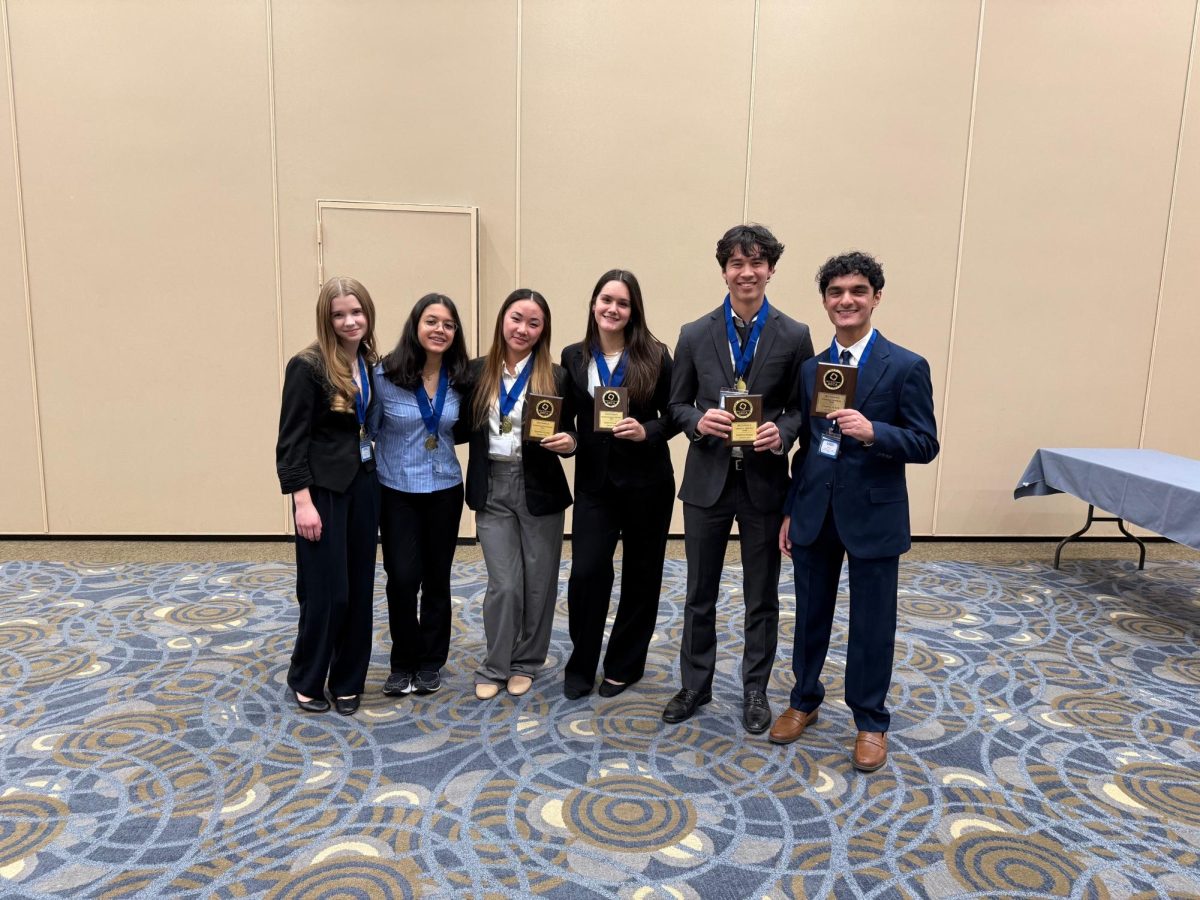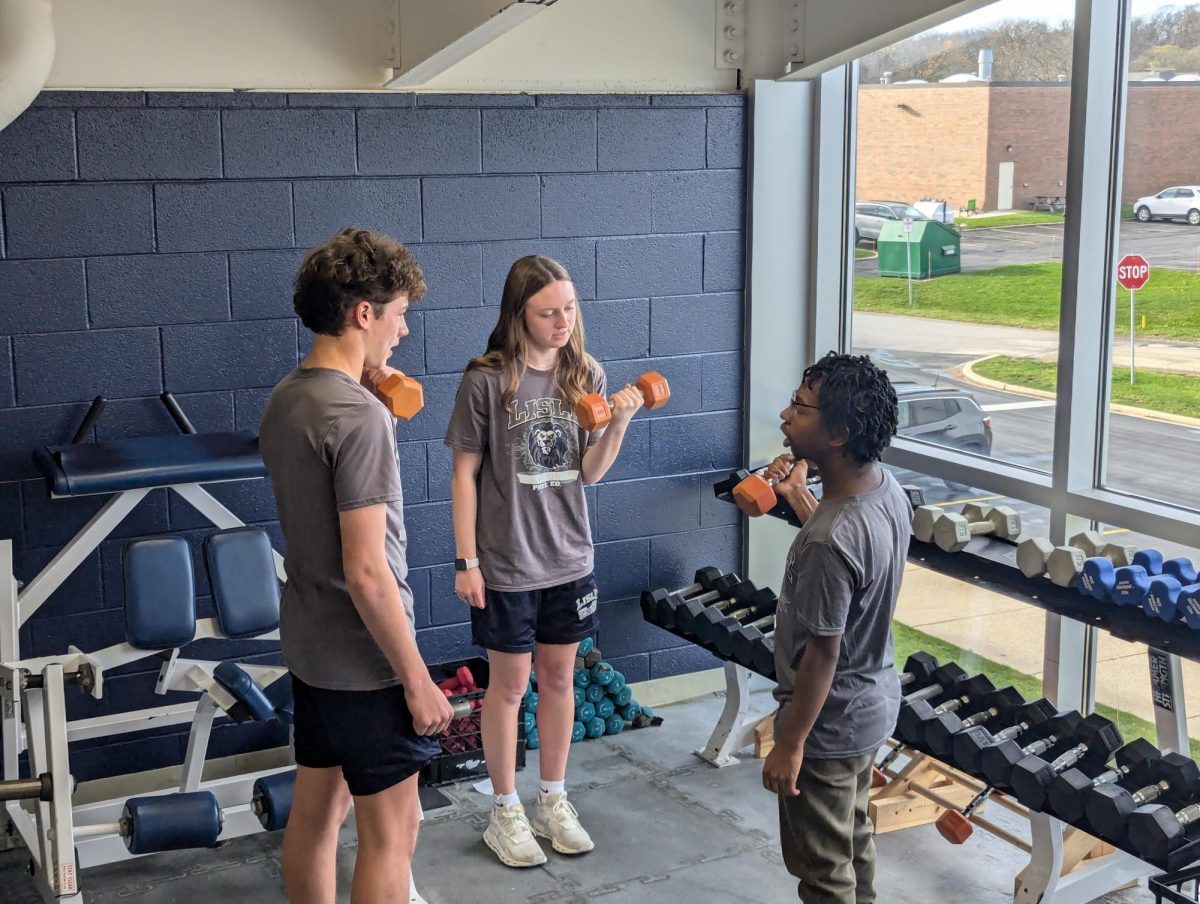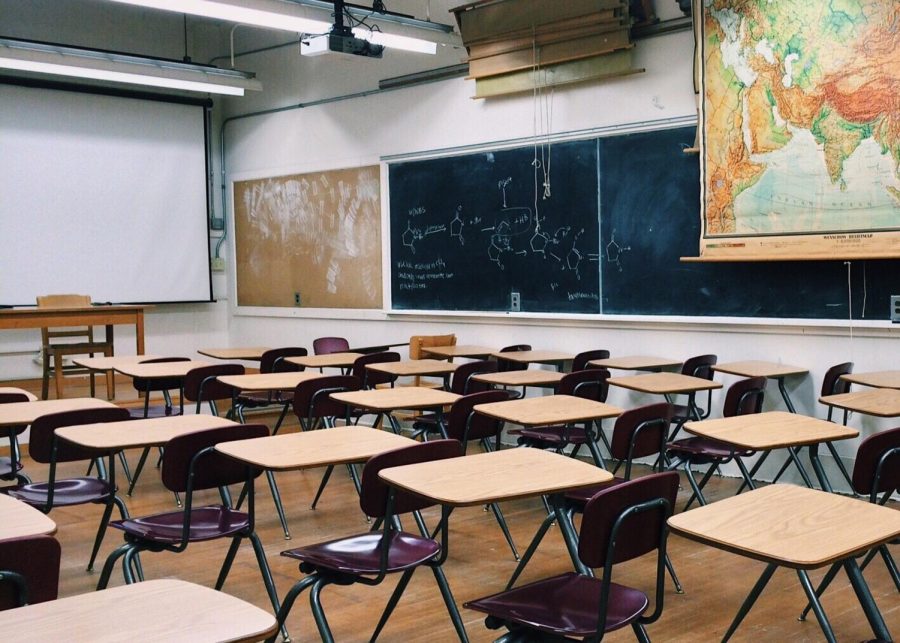Why is Someone Observing My Teacher?
We all know the times through grade school when a teacher warned us that the principal or a different teacher would be in the classroom and we were told to be on our best behavior. Since I have experienced this in the classroom so many times, it made me wonder: why are the teachers/administrators in our room today?
Jeffery Howard, Principal of Lisle Senior High School, discusses the goal-oriented criteria he uses for teacher evaluations and why this is a vital way of determining “whether or not students are learning”.
This year is Principal Howard’s ninth year at Lisle Senior High School. Before LHS, he worked at many local high schools in teacher, department head, and principal roles.
The process of teacher evaluations is very cut and clear regardless of the type or level of a class. Teacher evaluations are run on a three-year cycle. In year one, Howard observes a class and evaluates the teacher. During the second year of the cycle, a department head for that specific subject will do an observation in order to provide another perspective on that teacher’s evaluation. Finally, in year three, both Howard and the department head that evaluated that specific teacher met together to collaboratively develop a summative rating of the teacher based on their findings in their individual interviews.
At Lisle High School, the admin and department heads use the Danielson model as the evaluation tool. What is Danielson anyway? According to RethinkEd, this tool is used for “coaching and mentoring in schools across the country”. It is created to score teachers on their abilities and efforts to improve student learning. The grading criteria are divided into four domains: planning and preparation, classroom environment, instruction, and professional responsibilities.
The differences in the type of classes and the composition of the class are very minuscule when it comes to class evaluations since the rubric when evaluating teachers is the exact same. In fact, the only differences in evaluations come when comparing a classroom teacher to other workers in the building like the school psychologist or the librarians. This makes the variety of classes with individual teaching styles and separate curricula more easily understood and universally and equally graded.
The process of an evaluation alone also consists of three steps. First, there is a pre-meeting with the teacher being evaluated in order to communicate what to expect in the assessment and what the intended learning targets are. Then comes the actual evaluation where the principal, admin, or department head actually sits in on the class. After the assessment, the teacher meets with the evaluator again in order to reflect on if the intended learning goal for that day was met.
Measuring student learning is the main goal that drives this evaluation process. The main question that the evaluator and the teacher discuss in the post-meeting circles around these questions: “Did we accomplish what we set out to accomplish? Did the students grow in whatever learning target we designed? Why or why not? Sometimes it doesn’t happen and that’s okay. It doesn’t happen. So then what?”
Mr. Howard also expands on the idea that even though teachers’ teaching is being evaluated, this process is very supportive and is meant to work with the teachers and support them.
As Howard states, “It’s not really a pass or fails type situation… [it’s] where can we go from there.”
This is where the importance of the pre-meeting and post-meeting come in because when the teacher and evaluator have a set learning target, they then converse about if the learning target wasn’t met. The goal of this evaluation is not to necessarily ‘test’ or ‘judge’ teachers; it is meant to increase student learning.
Now the next time you hear that the principal is going into your classroom to observe, you know what they are doing there and how they evaluate the classroom.
